Around 2015, I heard some flapping in the bass of the R speaker and some mid range distortion on the L speaker. A friend immediately told me the wires have been detached from the diaphragm of the planars and I sought out an expert repairman who was very familiar with Magnepan speakers. I had to watch him 'undress' the 2.7s and it was quite a hell of job to do. Those tight cloth socks are fastened with countless staples below the frame. We carried it out to the garage and he cleaned them first, so much corrosion had built up in 2 decades, and the speakers were in a sealed air conditioned room with no windows for sunlight to hit them.
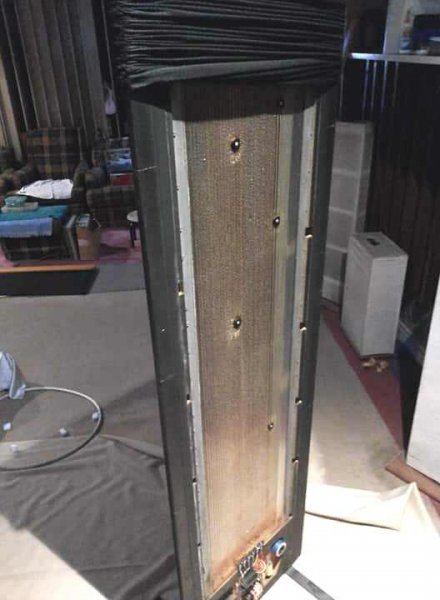
First time for me to see a 'nude' Maggie. And I saw the wires delaminated from the planar's diaphragm.
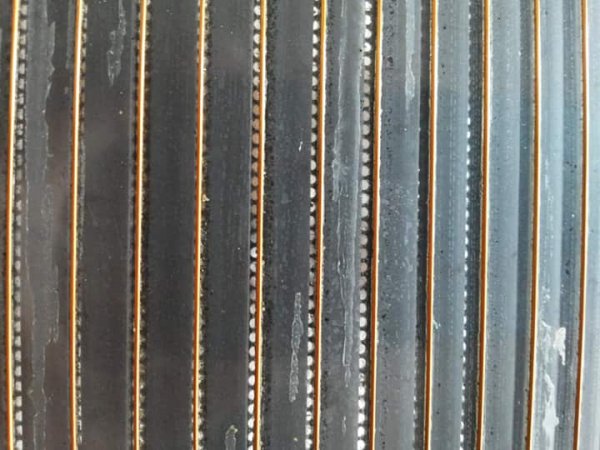
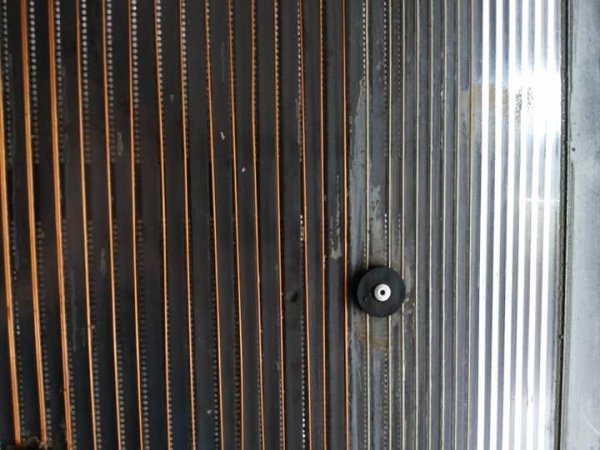
Above, we can now see the bass, mid and ribbon 'drivers', from left to right.
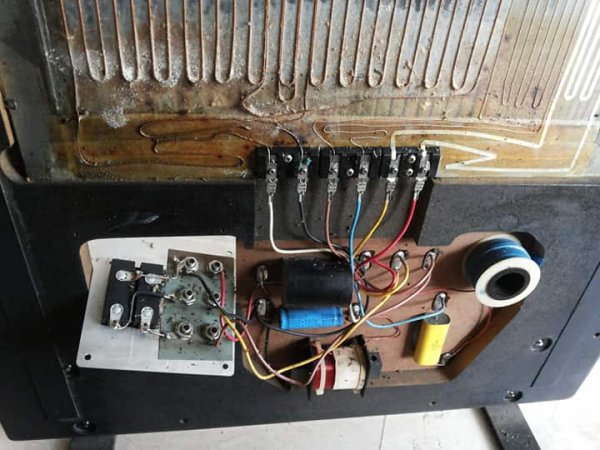
Corrosion all over the wires had to be cleaned with a special liquid. And a special glue had to be used to fasten the wires all over the panel.
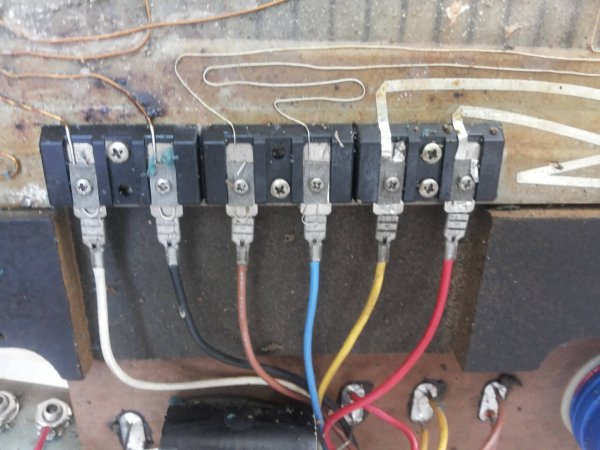
There were no 'exotic' connectors or terminations used. The wires could even be ordinary hardware wires.
After the cleaning and the re-gluing (for about 3 hours), the speakers were pronounced ready to go again, but after a year, that black capacitor below died suddenly (loss of highs in the tweeter) and it took some online help from a user group member to help me diagnose the problem - ruling out fuse, connectors, wires, etc. It was a Solen 20uF cap and I had to buy a pair to change the other side as well. And here they are again today. singing in its 25th year from its day of manufacture. I
I
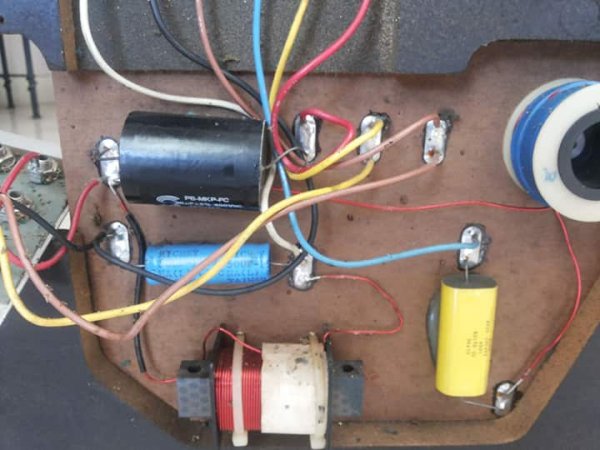
I should imagine the parts used in the recent 3.7i and 30.7 to be much much better.

First time for me to see a 'nude' Maggie. And I saw the wires delaminated from the planar's diaphragm.


Above, we can now see the bass, mid and ribbon 'drivers', from left to right.

Corrosion all over the wires had to be cleaned with a special liquid. And a special glue had to be used to fasten the wires all over the panel.

There were no 'exotic' connectors or terminations used. The wires could even be ordinary hardware wires.
After the cleaning and the re-gluing (for about 3 hours), the speakers were pronounced ready to go again, but after a year, that black capacitor below died suddenly (loss of highs in the tweeter) and it took some online help from a user group member to help me diagnose the problem - ruling out fuse, connectors, wires, etc. It was a Solen 20uF cap and I had to buy a pair to change the other side as well. And here they are again today. singing in its 25th year from its day of manufacture.

I should imagine the parts used in the recent 3.7i and 30.7 to be much much better.

